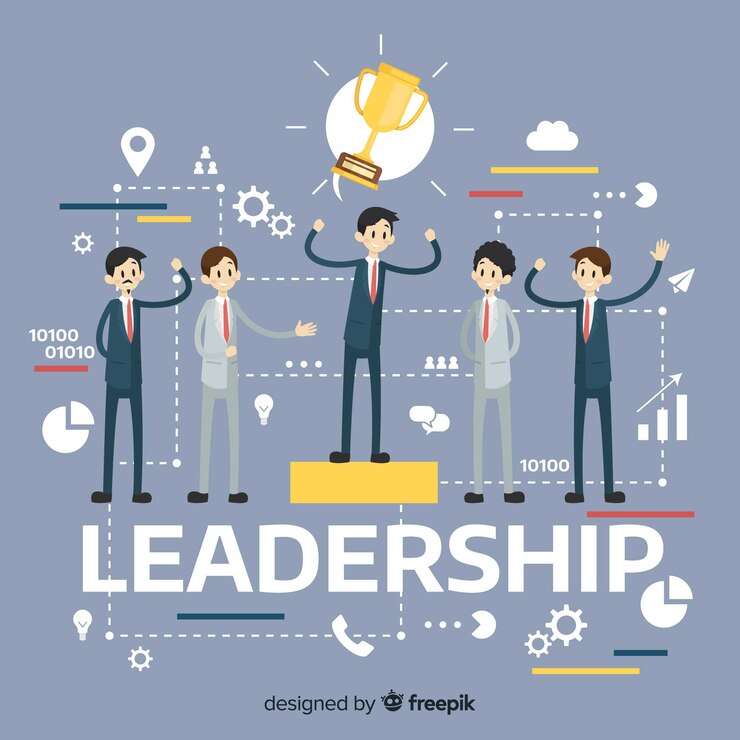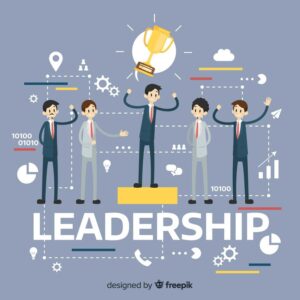The Crucial Importance of Implementing Occupational Health and Safety Policies in Small and Medium Enterprises
Introduction
Occupational Health and Safety (OHS) policies play a pivotal role in safeguarding the well-being of employees within small and medium enterprises (SMEs). In this article, we delve into the significance of implementing OHS policies in SMEs, shedding light on its definition, importance, benefits, challenges, and effective strategies for implementation.
Understanding OHS
What are Occupational Health and Safety Policies?
Occupational Health and Safety (OHS) policies are comprehensive guidelines and procedures established by organizations to promote and ensure the health, safety, and welfare of their employees in the workplace. These policies encompass various aspects, including hazard identification, risk assessment, accident prevention, and emergency response protocols.
The Legal Framework for OHS in SMEs
Small and medium enterprises are subject to regulatory requirements regarding occupational health and safety, which vary depending on the industry and jurisdiction. Compliance with these regulations is essential to mitigate legal risks and ensure a safe working environment for employees.
Common OHS Hazards in SMEs
SMEs face diverse occupational health and safety hazards, ranging from physical risks such as slips, trips, and falls to chemical exposures, ergonomic strains, and psychological stressors. Identifying and addressing these hazards is crucial to prevent workplace injuries and illnesses.
Benefits of Implementing OHS Policies
Ensuring Employee Safety and Well-being
Implementing OHS policies demonstrates a commitment to prioritizing the safety and well-being of employees, fostering a positive work environment, and reducing the incidence of work-related injuries and illnesses.
Legal Compliance and Risk Reduction
Adhering to OHS regulations helps SMEs avoid costly fines, penalties, and legal liabilities associated with non-compliance. Moreover, effective OHS management minimizes the risk of workplace accidents, lawsuits, and reputational damage.
Enhancing Productivity and Efficiency
A safe and healthy work environment cultivates employee morale, engagement, and productivity. By reducing absenteeism, turnover rates, and disruptions caused by accidents or injuries, SMEs can optimize operational efficiency and achieve sustainable growth.
Challenges in Implementing OHS Policies
Limited Resources and Budget Constraints
Many SMEs struggle with limited resources and budget constraints, making it challenging to allocate sufficient funds for OHS initiatives, training programs, and safety equipment. Overcoming these financial barriers requires strategic planning and resource optimization.
Lack of Awareness and Training
Another common challenge faced by SMEs is the lack of awareness and training regarding occupational health and safety practices. Providing comprehensive training programs and raising awareness among employees are essential steps in fostering a safety-conscious culture.
Resistance to Change
Resistance to change among management and employees can impede the successful implementation of OHS policies. Addressing resistance requires effective communication, stakeholder engagement, and leadership commitment to promote a culture of continuous improvement.
Strategies for Successful Implementation
Creating a Safety Culture
Fostering a safety culture involves instilling shared values, attitudes, and behaviors that prioritize health and safety in the workplace. This requires leadership support, employee involvement, and continuous reinforcement of safety principles.
Providing Ongoing Training and Education
Continuous training and education are essential for enhancing OHS awareness, knowledge, and skills among employees. Offering regular workshops, seminars, and certification programs can empower employees to identify hazards, assess risks, and take preventive measures.
Investing in Safety Equipment and Infrastructure
Investing in quality safety equipment, ergonomic furniture, and hazard controls is crucial for mitigating workplace hazards and promoting employee well-being. SMEs should allocate sufficient resources for the procurement, maintenance, and replacement of safety assets.
Case Studies
Explore real-life examples of SMEs that have successfully implemented OHS policies to improve employee safety, reduce accidents, and achieve sustainable business growth.

FAQs
What are the legal requirements for OHS in SMEs?
Legal requirements for occupational health and safety in small and medium enterprises typically include providing a safe working environment, conducting risk assessments, implementing safety procedures, providing training to employees, maintaining records of incidents, and complying with relevant regulations and standards enforced by governmental authorities.
How can SMEs overcome budget constraints to implement OHS policies?
SMEs can overcome budget constraints by prioritizing OHS investments based on risk assessments, seeking cost-effective solutions such as safety training programs, leveraging government incentives or grants for safety improvements, exploring shared resources or cooperative arrangements with other businesses, and adopting a proactive approach to prevent costly accidents and legal liabilities.
What are some common OHS hazards in small businesses?
Common occupational health and safety hazards in small businesses include slips, trips, and falls; ergonomic strains from improper workstation setups; exposure to hazardous substances or chemicals; electrical hazards; fire hazards; workplace violence; and psychological stressors such as excessive workload or inadequate support systems.
How can SMEs create a safety culture among employees?
SMEs can create a safety culture among employees by fostering open communication channels for reporting hazards and concerns, leading by example with visible commitment to safety from management, providing regular safety training and education, involving employees in safety committees or initiatives, recognizing and rewarding safe behavior, and continuously improving safety policies and procedures based on feedback and evaluation.
What are the benefits of investing in safety equipment for SMEs?
Investing in safety equipment for SMEs offers numerous benefits, including reducing the risk of workplace accidents and injuries, improving employee morale and productivity, enhancing compliance with regulatory requirements, minimizing downtime and associated costs from accidents or disruptions, protecting business reputation, and potentially lowering insurance premiums through demonstrating commitment to risk management.
How can SMEs measure the effectiveness of their OHS policies?
SMEs can measure the effectiveness of their OHS policies by monitoring key performance indicators such as injury rates, absenteeism, near-miss incidents, workers’ compensation claims, safety training completion rates, safety inspection findings, employee feedback surveys, and compliance with regulatory requirements. Regular review and analysis of these metrics allow SMEs to identify areas for improvement and adjust their OHS strategies accordingly.
Conclusion
In conclusion, the implementation of occupational health and safety policies is paramount for the well-being of employees and the success of small and medium enterprises. By prioritizing safety, complying with regulations, and investing in preventive measures, SMEs can create safer, healthier, and more productive work environments.



















